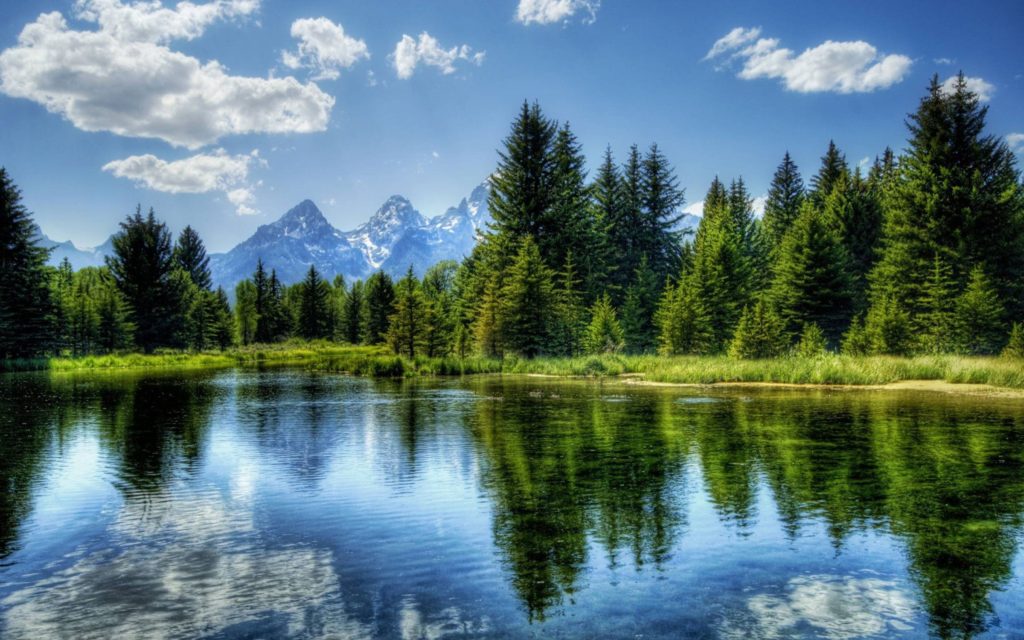Shop At Haya: Your Ultimate Shopping Guide
Discover the best shopping tips, trends, and deals for a smarter buying experience.
Chasing Light: The Secret Life of Landscape Photography
Uncover the art of landscape photography and discover how to capture stunning light in every shot. Join the adventure now!
Unlocking the Golden Hour: Why Timing is Everything in Landscape Photography
The elusive Golden Hour refers to the period shortly after sunrise and before sunset when natural light is particularly soft and warm. During this magical time, the sun casts a golden hue across landscapes, enhancing colors and creating long shadows that add depth and dimension to photographs. Photographers often seek out these moments to capture breathtaking images that resonate with emotion and atmosphere. Understanding the timing of the Golden Hour is crucial for maximizing the potential of your landscape photography, as the right light can transform an ordinary scene into an extraordinary masterpiece.
Besides simply knowing when the Golden Hour occurs, it’s essential to plan your shoots accordingly to make the most of this unique light. Make use of apps or websites that provide accurate sunrise and sunset times, allowing you to arrive at your chosen location with sufficient time to set up. Consider creating a checklist of compositions you want to capture, as well as experimenting with different angles and framing during this time. By embracing the Golden Hour and its significance in landscape photography, you unlock the door to creating stunning visuals that can leave a lasting impression on your audience.

The Art of Composition: How to Frame Nature's Beauty
The art of composition in photography is crucial for capturing the mesmerizing beauty of nature. To create compelling images, it’s essential to understand the fundamental principles of framing. Begin by considering the 'rule of thirds,' where you imagine dividing your frame into a grid of nine equal sections. Positioning your subject along these lines or at their intersections can significantly enhance the visual appeal. Additionally, use natural elements like trees, rocks, or waterways to frame your subject and draw the viewer's eye into the image. This technique not only highlights the focal point but also provides context, giving a sense of depth and inviting the audience to explore the scene further.
Another important aspect of composition is leading lines, which guide the viewer's gaze through the photograph. Look for paths, rivers, or beams of light that can lead into the distance, creating a sense of journey and discovery. Furthermore, don’t underestimate the power of perspective; changing your viewpoint can reveal surprising angles and create more dynamic images. Consider shooting from a low angle to emphasize the grandeur of a mountain or from above to capture the intricate patterns of a forest canopy. Ultimately, mastering the art of composition requires practice and experimentation, allowing you to effectively convey the breathtaking beauty of the natural world.
Chasing Light: Essential Gear for Aspiring Landscape Photographers
As an aspiring landscape photographer, understanding the importance of light in your compositions is essential. The right gear can significantly enhance your ability to capture stunning landscapes. Start with a DSLR or mirrorless camera equipped with interchangeable lenses, as this versatility allows for creativity in capturing various scenes. Additionally, invest in a sturdy tripod, which is crucial for stability during long exposures, especially during dawn or dusk when natural light presents itself in beautiful gradients. Don't forget to pack a range of filters, such as a polarizing filter to reduce glare and enhance colors, and a neutral density filter for those dreamy, flowing water effects.
Once you've secured your camera gear, consider the need for additional accessories that cater to different lighting conditions. A reliable headlamp or flashlight is indispensable for early starts or late returns, ensuring you can navigate safely in low-light environments. Moreover, a portable reflector can help bounce light onto your subject, enhancing details and depth. Lastly, don’t overlook the importance of weather protection; investing in a quality camera rain cover will allow you to chase the perfect light, even in unpredictable weather, ensuring your gear remains safe while you focus on capturing breathtaking landscapes.